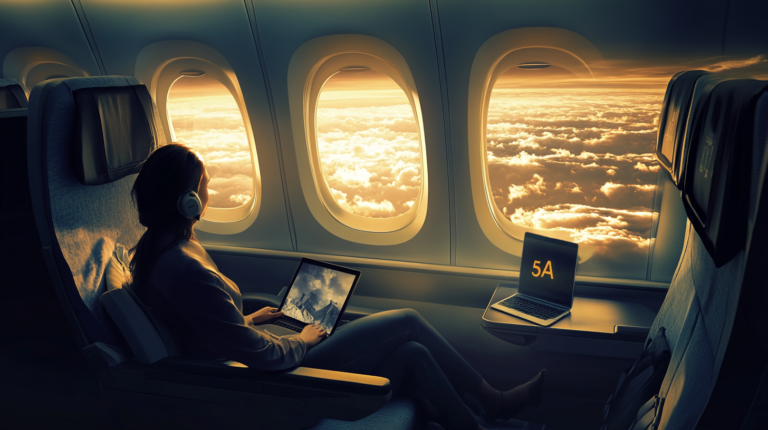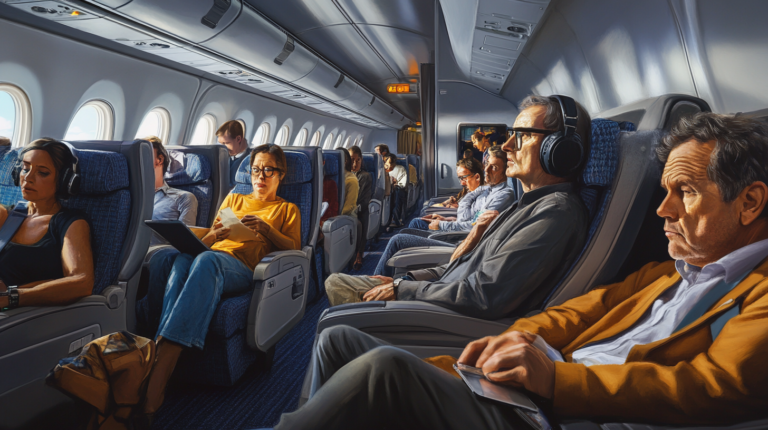The Etiquette of Overhead Bin Space: A Modern Dilemma
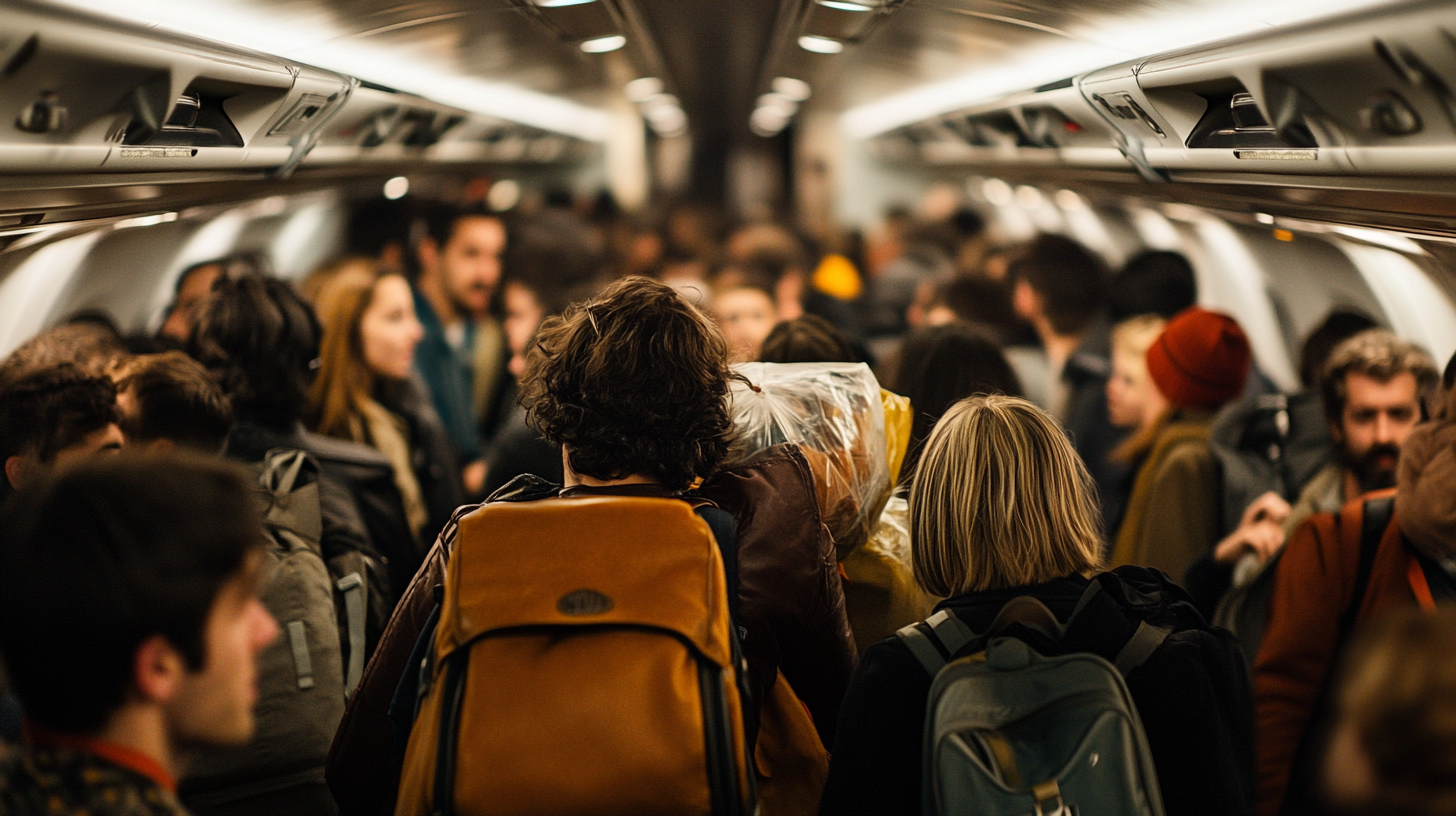
In the ever-evolving world of air travel, one issue remains a persistent source of tension and debate among passengers: the etiquette of overhead bin space. As airplanes become more crowded and flights increasingly full, the competition for this valuable real estate has intensified. From the anxious scramble during boarding to the exasperation felt when bags are moved without consent, the struggle over overhead bins has led to unspoken rules and occasional conflicts in the cabin.
The Origins of the Overhead Bin Struggle
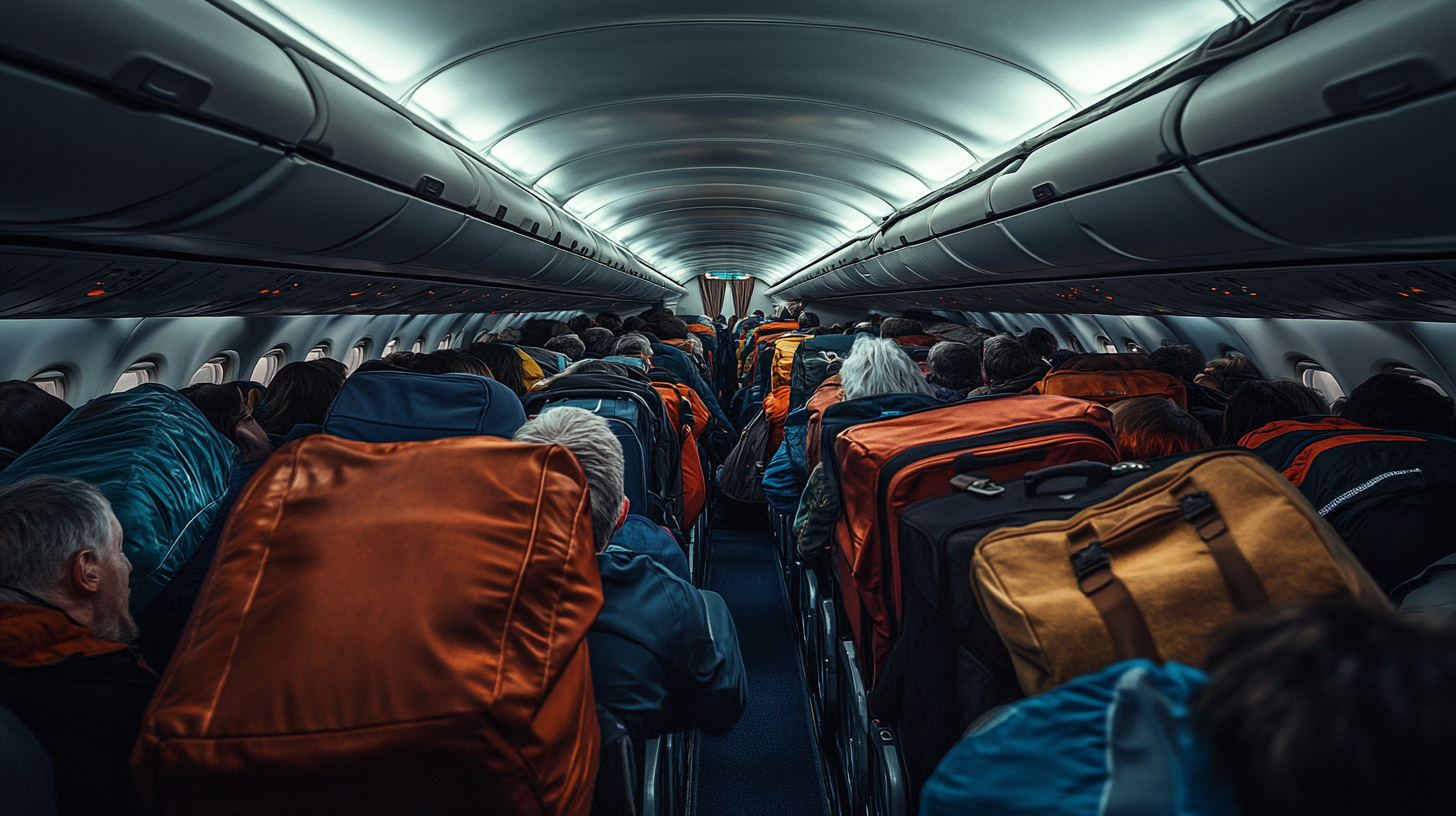
The challenge of overhead bin space isn’t new, but several factors have exacerbated the situation in recent years. Since 2008, many airlines began charging for checked luggage, prompting a surge in passengers opting to bring carry-ons to avoid additional fees. This cost-saving strategy, while beneficial to individual travelers, has collectively led to a scarcity of bin space. The result is a boarding process that often resembles a competitive race, with travelers lining up early to secure a spot for their bags, often resulting in heightened tension and even conflict among passengers.
Moreover, the trend toward smaller seats and reduced legroom means that under-seat storage has become less viable, pushing more items into the overhead bins. The advent of Basic Economy fares, which typically restrict passengers to a personal item, has also complicated matters, as enforcement varies and some travelers attempt to circumvent these limitations. All these factors contribute to a perfect storm that has turned overhead bin space into one of the most contested resources on an airplane.
As highlighted in The Economics Behind Airline Luggage Fees , the shift in airline revenue models from ticket sales to ancillary fees has had unintended consequences on passenger behavior and cabin dynamics.
Assigned Seats vs. Shared Space: The Great Debate
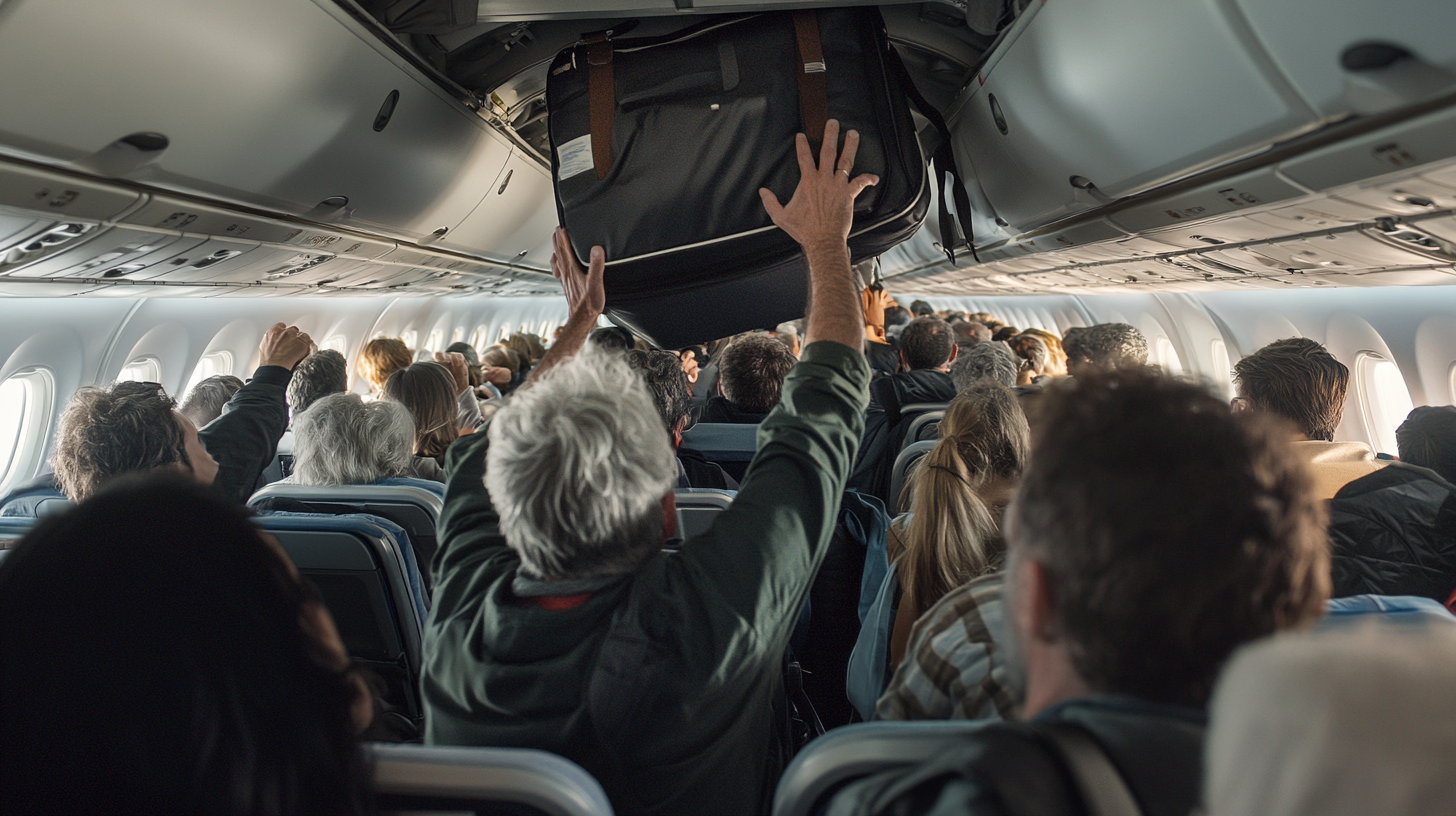
A recent social media post ignited a heated discussion about who “owns” the overhead bin space. The controversy began when a passenger placed a bag in a bin far from their seat, only to be confronted by another traveler who claimed that specific overhead bins were reserved for passengers seated directly beneath them. This incident sparked questions about whether bins should be used on a first-come, first-served basis or align with assigned seating for fairness. Opinions vary widely:
- Some passengers insist that the bin above their seat is exclusively theirs, arguing that this approach ensures fairness and reduces chaos. They believe that having designated space helps streamline boarding and prevents the frustration of finding bins already full upon reaching their seats.
- Others advocate for a communal approach, emphasizing that overhead bins are shared spaces and should be utilized efficiently by all passengers, regardless of seat assignment. They argue that rigid adherence to assigned bins can lead to underutilized space and delays in the boarding process.
The debate extends beyond personal convenience to considerations of efficiency and fairness. Flight attendants often find themselves mediating these disputes, clarifying that overhead bins are indeed shared and not assigned to specific seats. However, airline instructions typically suggest using the bins near one’s seat to maintain order and convenience.
As noted in Airline Policies on Overhead Bin Usage , carriers encourage passengers to stow their carry-on items in the vicinity of their assigned seats but stop short of enforcing strict ownership of bin space.
Unwritten Rules and Common Courtesy
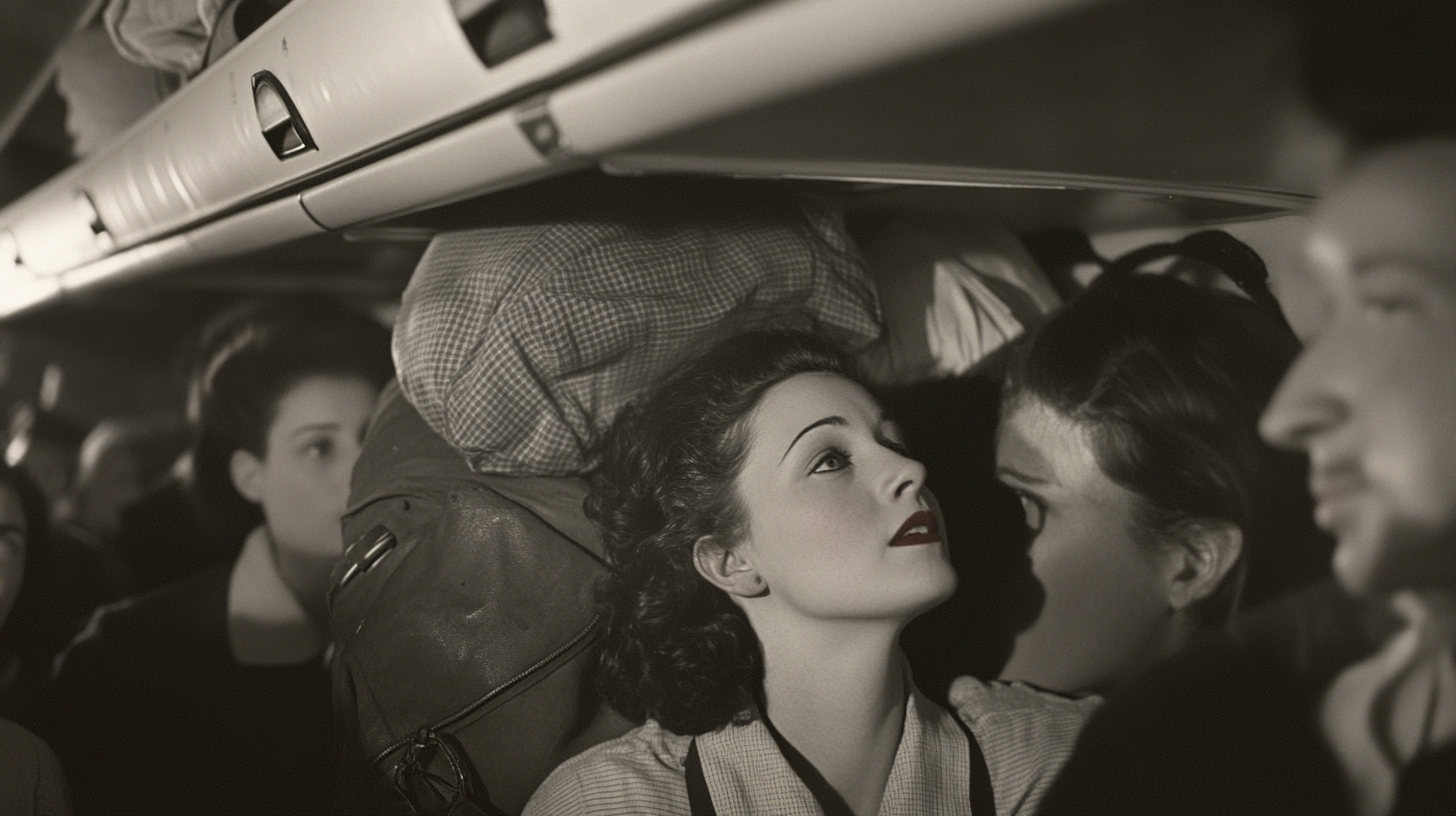
Despite the lack of official regulations governing overhead bin usage, a set of unwritten rules has emerged among seasoned travelers:
- Store Larger Bags First: Place larger carry-ons in the overhead bins before stowing smaller items to maximize space. This approach ensures that the limited overhead space is used efficiently, accommodating as many bags as possible. Placing smaller items on top or alongside larger bags can fill gaps and prevent wasted space.
- Use Under-Seat Storage: Keep personal items and smaller bags under the seat in front of you, especially if overhead space is limited. This not only leaves room in the bins for larger carry-ons but also keeps essential items within easy reach during the flight.
- Avoid Using Bins in Other Cabins: Refrain from placing your luggage in overhead bins located in different classes or cabins unless absolutely necessary. Doing so can cause congestion and inconvenience for passengers assigned to those areas and may lead to delays as items are shuffled during boarding.
- Be Considerate When Rearranging: If you need to adjust items in a bin to make space, handle others’ belongings with care and avoid moving them to distant locations. It’s courteous to ask nearby passengers if the item belongs to them before moving it, to prevent confusion and potential conflicts.
These practices not only promote efficiency but also contribute to a more pleasant and cooperative atmosphere on board. Embracing these unwritten rules can help reduce stress during boarding and foster a sense of camaraderie among travelers.
As explored in Travel Etiquette: Navigating Shared Spaces , adhering to common courtesy in shared environments enhances the overall experience for everyone involved.
The Role of Airline Policies and Boarding Procedures

Airline policies and boarding procedures significantly impact the overhead bin conundrum. With checked baggage fees on the rise, more passengers opt for carry-ons, intensifying the competition for space. Airlines implement various boarding strategies to manage this influx, but these methods have their own implications.
Common approaches include:
- Priority Boarding: Passengers in premium classes or with elite status often board first, granting them early access to overhead bins. While this rewards loyal customers, it can create a disparity as the majority of passengers may find limited space upon boarding.
- Zone or Group Boarding: Passengers are divided into groups based on seat location, fare class, or check-in time, which can affect the availability of bin space upon boarding. This method aims to streamline boarding and optimize overhead bin usage but can lead to confusion if not clearly communicated.
- Boarding from Back to Front: Some airlines board passengers seated at the rear of the aircraft first, theoretically reducing aisle congestion. However, this doesn’t always correlate with overhead bin availability, as bins may still fill up quickly.
Understanding these policies can help travelers strategize to secure overhead space. For instance, purchasing priority boarding, selecting seats towards the front, or arriving at the gate early can increase the chances of finding available bin space.
Additionally, familiarizing oneself with airline-specific policies, as detailed in Airline Boarding Procedures and Their Impact on Passengers , can help set realistic expectations and reduce frustration during the boarding process.
Recent Incidents Highlighting the Issue
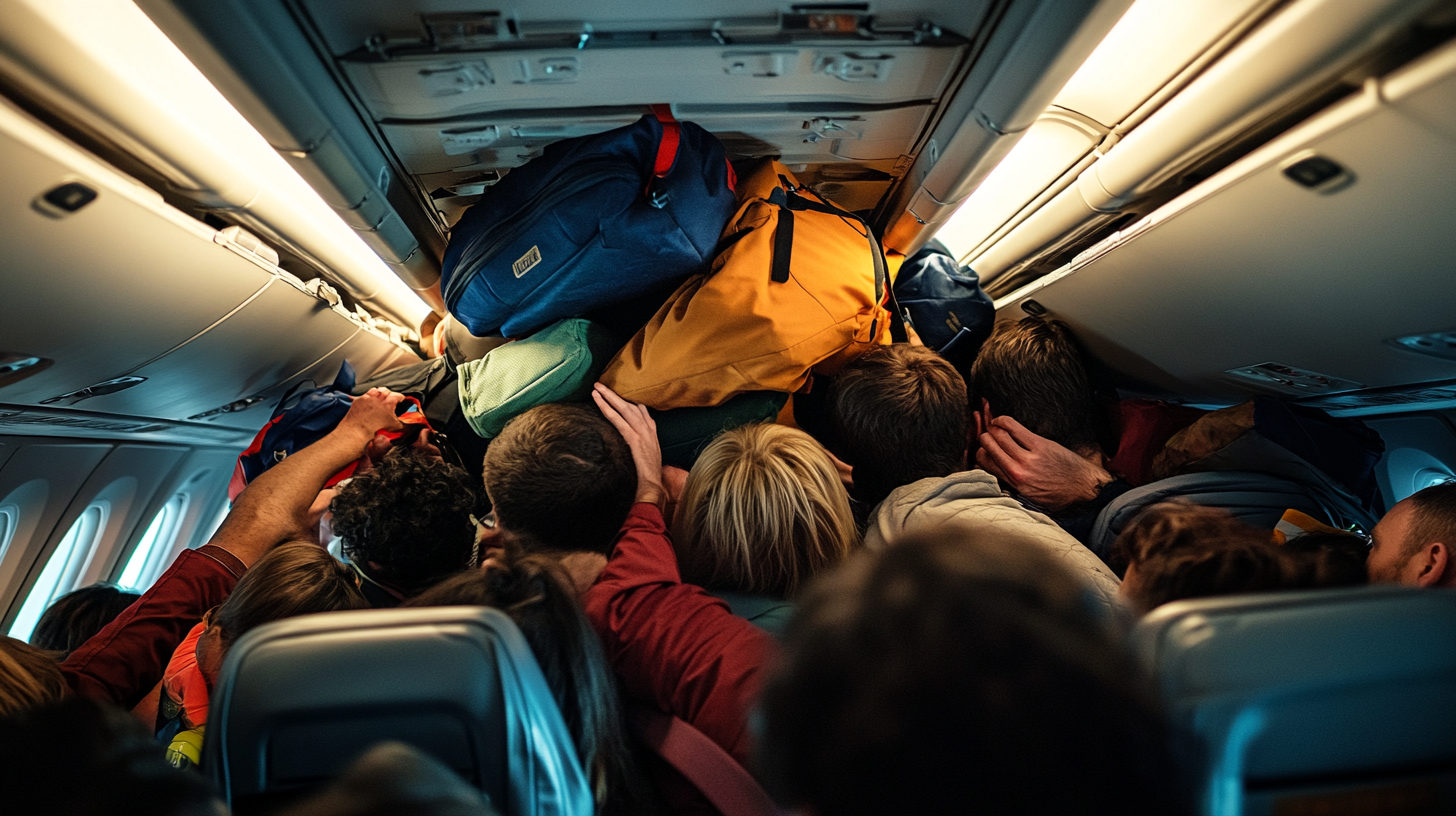
Several incidents have brought the overhead bin debate into the spotlight, highlighting the intensity of emotions surrounding this issue:
- On a Delta Connection flight from Toronto to New York, a passenger faced a dilemma when another traveler claimed ownership of the bin space above his seat. The situation escalated as the passenger was told to find space elsewhere, leading to an uncomfortable exchange. Flight attendants intervened, emphasizing the shared nature of overhead bins and encouraging courtesy among passengers. This incident shed light on the misconceptions about bin ownership and the role of crew members in mediating conflicts.
- On a United flight, a passenger attempted to make room for their rollaboard suitcase by moving another person’s backpack without permission. This action led to a heated argument, as the owner of the backpack felt their personal belongings were mishandled. The situation underscored the social norms that discourage moving others’ belongings without consent and the importance of communication in tight public spaces.
These examples illustrate the friction that can arise from misunderstandings about bin etiquette and the importance of clear communication and respect among passengers. They also highlight how quickly seemingly minor issues can escalate in the confined environment of an airplane cabin.
Such incidents have prompted discussions in travel forums and articles like Managing Conflict During Air Travel , where experts offer advice on navigating these tricky situations.
Expert Tips for Navigating Overhead Bin Etiquette
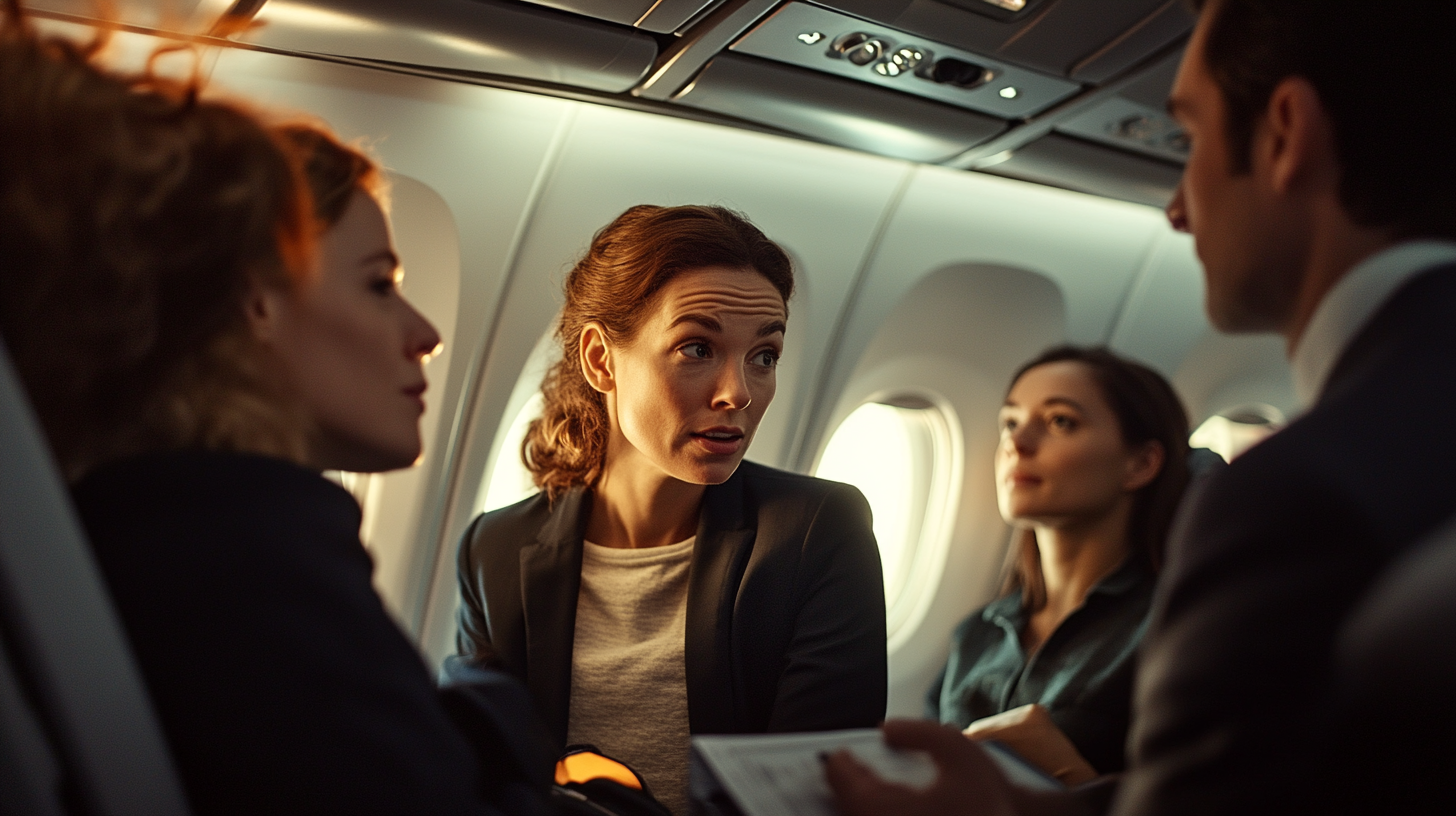
Travel experts offer several recommendations to ease the overhead bin burden:
- Measure Your Carry-On: Ensure your bag meets the airline’s size restrictions to avoid issues at the gate. Oversized carry-ons can be denied boarding or must be checked at the last minute, causing delays and potential fees.
- Board Early if Possible: Early boarding increases the likelihood of finding available bin space near your seat. Consider options like purchasing priority boarding or selecting seats that board sooner in the process.
- Be Prepared to Gate-Check: If bins are full, cooperate with flight crew instructions to check your bag. Gate-checking can be convenient, as your bag is often returned plane-side upon arrival, and it can save time during deplaning by reducing carry-on clutter.
- Keep Essentials Accessible: Store important items like medications, travel documents, and valuables in a personal bag under the seat. This ensures you have what you need during the flight without having to access the overhead bin.
- Respect Cabin Class Divisions: Use overhead bins within your designated cabin unless otherwise instructed by the crew. Placing your items in another cabin’s bins can inconvenience other passengers and may violate airline policies.
Phil Dengler, co-founder of The Vacationer, emphasizes the importance of common sense and consideration, advising passengers to “use overhead bins fairly” and “respect personal space” to ensure a pleasant flight for everyone. Following expert advice, as outlined in Top Tips from Travel Professionals , can enhance the air travel experience and minimize conflicts.
The Future of Overhead Bin Space
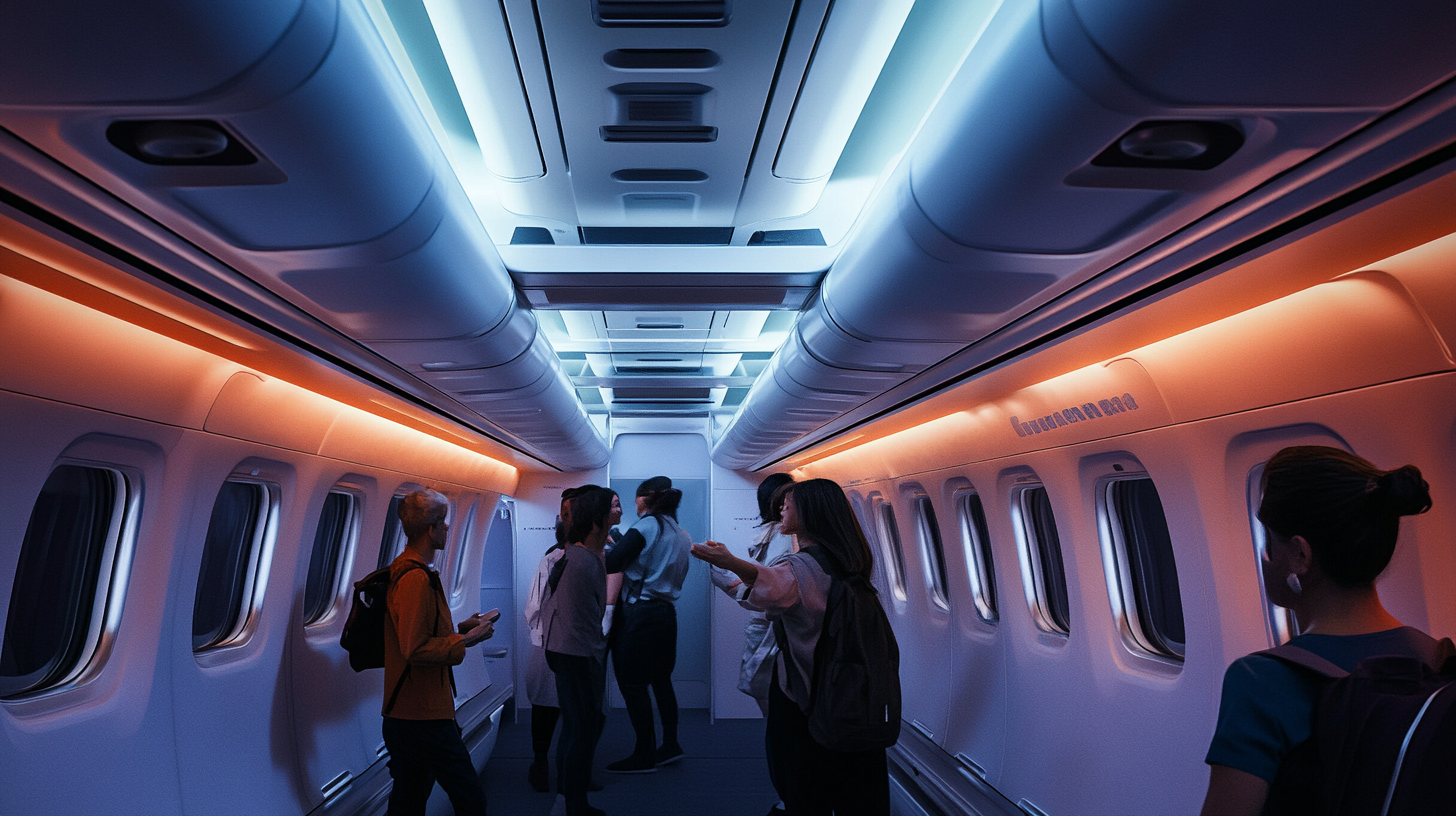
Airlines are taking steps to alleviate the overhead bin crunch. The introduction of new-generation bins with increased capacity, such as pivot bins that allow carry-on bags to be stowed sideways, offers hope for reducing conflicts over space. Aircraft manufacturers are working closely with airlines to implement innovative storage solutions that balance passenger needs with spatial constraints.
However, retrofitting existing aircraft with new bins is a costly and time-consuming process, meaning widespread adoption may take years. Until such improvements become commonplace, the etiquette surrounding overhead bins will continue to rely heavily on passenger cooperation and courtesy.
Some suggest that policy changes, such as eliminating checked bag fees or enforcing carry-on size limits more strictly, could mitigate the issue. For instance, if airlines reduced or eliminated fees for checked luggage, passengers might be less inclined to bring large carry-ons. Conversely, stricter enforcement of carry-on limitations could ensure that only appropriately sized bags are brought on board.
Others propose that charging for overhead bin usage might encourage travelers to pack lighter or check bags, although this idea has met with mixed reactions. Such a policy could disproportionately affect travelers who rely on carry-ons for short trips or who wish to avoid the risk of lost luggage.
The future of overhead bin space is uncertain, but ongoing discussions among industry professionals, as explored in Innovations in Aircraft Cabin Design , indicate a commitment to finding solutions that enhance passenger comfort and satisfaction.
Final Thoughts
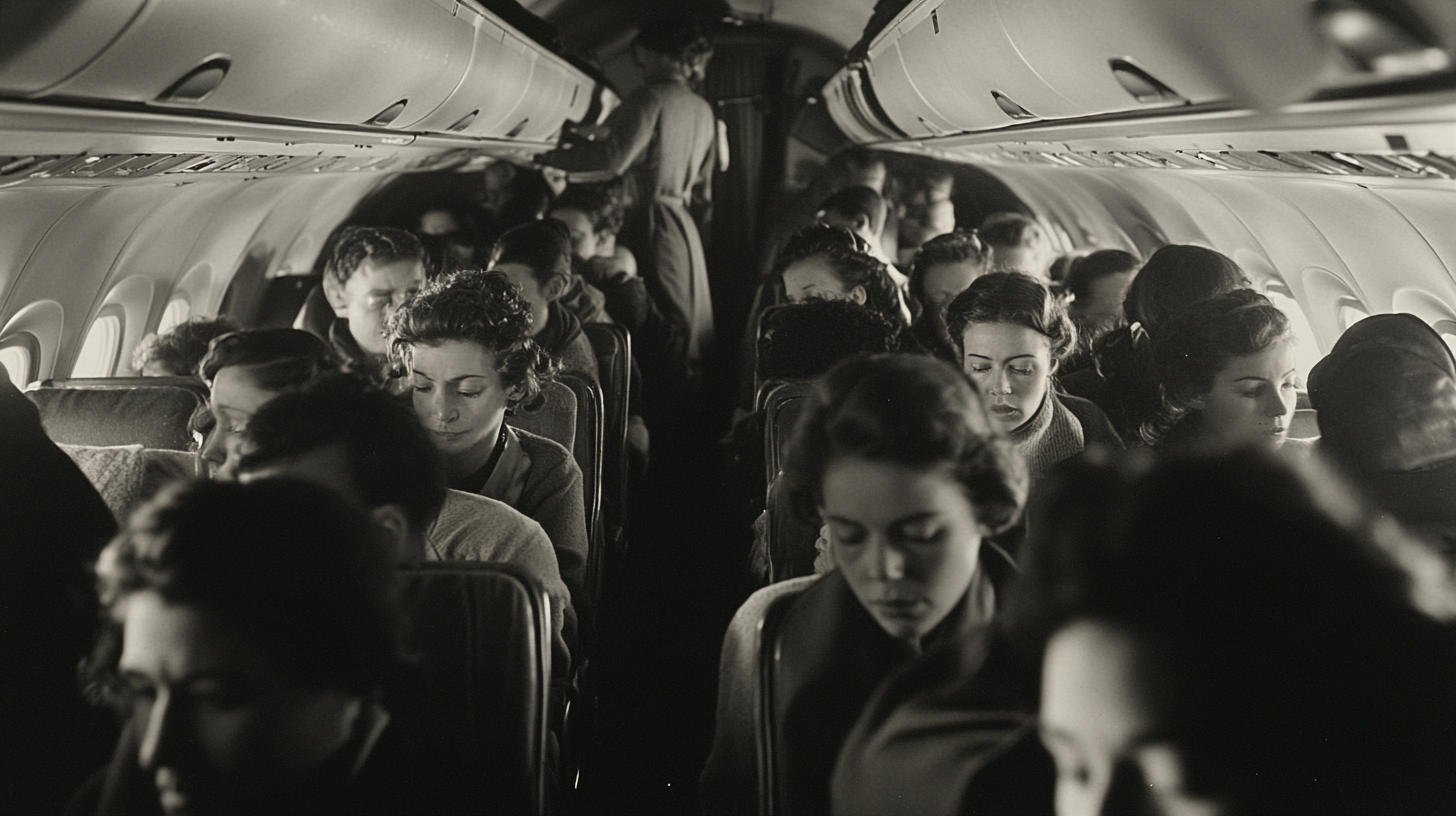
The modern dilemma of overhead bin etiquette reflects broader challenges in air travel, where efficiency often clashes with individual preferences and behaviors. The confined space of an airplane magnifies the impact of each person’s actions, making cooperation and courtesy essential. While airline policies and aircraft designs play significant roles, the solution largely rests with travelers exercising patience, understanding, and respect for one another.
By adhering to shared guidelines and considering the needs of fellow travelers, passengers can contribute to a more harmonious boarding experience. Simple acts of kindness, such as assisting someone with their luggage or being flexible with seating arrangements, can make a significant difference. After all, a smooth start to the flight sets the tone for the journey ahead, benefiting everyone on board.
Follow us back to Seat 5A for more insights and tips on navigating the skies with ease and courtesy.



